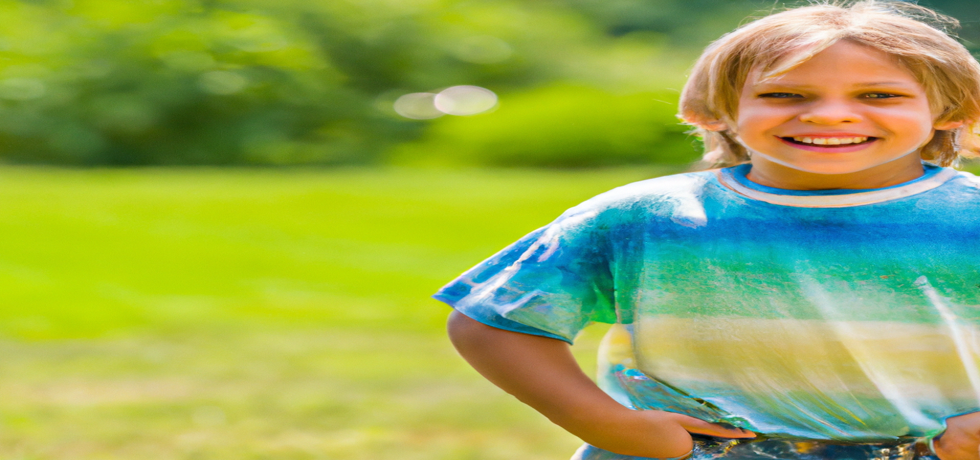
Healing Molluscum: Symptoms, Treatment, and Prevention
Understanding Molluscum Contagiosum
Molluscum contagiosum is a common skin infection caused by the molluscum virus (MCV), leading to the formation of raised, pearl-like nodules on the skin. Often seen in children under fifteen, these painless, wart-like spots can appear anywhere on the body, although they most frequently affect the trunk, arms, and legs. Fortunately, the immune system usually sorts the infection out naturally within six to twelve months, without leaving behind any scars. However, for those looking to speed up healing, understanding the symptoms, treatment methods, and prevention strategies is vital.
Recognizing Symptoms of Molluscum Contagiosum
Upon contracting the molluscum virus, symptoms might take anywhere from seven days to six months to become visible. The characteristic papules are typically small, firm, flesh-colored bumps, measuring between one to five millimeters in diameter, with a noticeable central dimple. Initially appearing in clusters, these papules can occur in areas often exposed, such as the face, hands, and arms. Over the course of several weeks, they may crust over and gradually heal. It’s essential for individuals to note that while the bumps are often harmless and dont itch, they can be contagious, making awareness a key part of managing this skin condition.
Treatment Options for Molluscum Contagiosum
Most cases of molluscum contagiosum are self-limiting, meaning they resolve without medical intervention. However, for those with larger lesions or those who wish to prevent the spread of the virus, various treatment options are available.
One common approach is curettage, which involves carefully scraping the lesions away using a specialized instrument. Cryotherapy, or freezing the lesions with liquid nitrogen, is also effective and usually requires multiple sessions. Other methods include diathermy, which burns off the bumps using a heated device, and laser therapy, which utilizes intense beams of light. Chemical treatments can also be employed, where a doctor applies a specific chemical to prick each lesion.
At The Skin Artistry, our team of dermatologists can help determine the best course of action based on individual cases and skin concerns.
Preventing the Spread of Molluscum
Prevention plays a crucial role in managing the spread of molluscum contagiosum. Basic hygiene practices, such as washing hands frequently and thoroughly, especially after using the restroom or before meals, can significantly minimize the risk of contracting or spreading the virus.
Other preventive measures include covering the papules if there’s a high likelihood of skin-to-skin contact, avoiding contact sports like wrestling and rugby, and refraining from sharing personal items, including clothing and towels. Additionally, its best to avoid scratching or rubbing the lesions, as this can exacerbate the infection and promote spread.
Thus, by being mindful and proactive about hygiene, individuals can help protect themselves and those around them from molluscum contagiosum.
Conclusion: Take Action Against Molluscum
Understanding the symptoms, exploring treatment options, and applying preventative measures are essential steps in managing molluscum contagiosum. Remember, while the virus can often resolve on its own, seeking professional guidance is always a smart choice, especially for those with multiple lesions or an existing skin condition.
For professional assistance and expert advice from leading dermatologists like Dr. Hital Patel, experience the benefits of healing molluscum with Hair & Skin Specialist Dr. Hital Patel at The Skin Artistry. Our clinics in PDPU Gandhinagar, Vastrapur Ahmedabad and Hyderabad (Visiting Consultant) offer top-quality care and personalized treatments. Visit us today to learn more about our services and take advantage of our special offers! For more insights, updates, or to collaborate, stay connected with The Skin Artistry.


